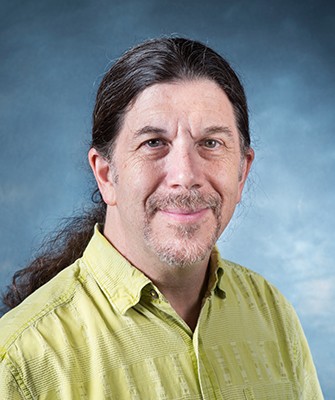


Higgins Hall 401B
Telephone: 617-552-2779
Email: charles.hoffman@bc.edu
ORCID 0000-0001-8700-1863
My laboratory conducts molecular genetic and chemical genetic research using the fission yeast Schizosaccharomyces pombe. Initially, we studied how extracellular glucose triggers repression of transcription of the ƒbp1 gene. Combining classical yeast genetics with molecular biology, we identified genes required for both repression and derepression of ƒbp1 transcription, including almost all of the genes of the cyclic AMP (cAMP) signaling pathway including the Git2 adenylyl cyclase that produces cAMP. Additional studies showed a role for the Cgs2 phosphodiesterase that hydrolyzes cAMP to AMP. In addition, we identified control elements upstream from the fbp1 promoter that are bound by transcriptional activators.
Our work with the S. pombe cAMP pathway allowed us to develop small molecule screening platforms in which we express proteins from mammals or pathogens involved in cyclic nucleotide metabolism. Cells that express the ƒbp1-ura4 reporter can be used in high throughput screens (HTSs) to identify compounds that inhibit cyclic nucleotide phosphodiesterases (PDEs). PDEs are important drug targets and the compounds we identify could be developed into drugs to treat a variety of conditions including some types of cancer, as well as a large number of inflammatory and neurological diseases and even HIV infection. We have completed HTSs for PDE4, PDE7, PDE8, and PDE11 inhibitors. The compounds identified in these screens are remarkable with respect to their biological activity in mammalian cell-based assays given that they had not yet been subjected to medicinal chemistry to enhance their physicochemical and pharmacokinetic properties. This work led to the discovery of four selective PDE11 inhibitors, including BC11-38, that is commercially available for use in studying the role of PDE11 in biological processes. Currently, we are collaborating with a medicinal chemist and a neuroscientist to develop brain-permeable PDE11 inhibitors with the potential to treat age-related cognitive decline.
Cells that express either the ƒbp1-GFP or ƒbp1-luciferase reporter can be used to detect inhibitors of mammalian adenylyl cyclases or the human GNAS Gα that stimulates the transmembrane cyclases. Our strain collection includes strains expressing each of the 10 mammalian adenylyl cyclases as well as wild-type and mutationally-activated forms of the human GNAS Gα. A recent screen of ~125,000 compounds carried out at the NCATS (National Center for Advancing Translational Sciences) screening facility identified a collection of potential adenylyl cyclase inhibitors that are cell permeable. Further characterization of these compounds is underway.
Most recently, we returned to the PDE world with a focus on PDEs from parasites or related organisms, including the blood fluke Schistosoma mansoni, the model organism nematode Caenorhabditis elegans, and the apicomplexan parasites Toxoplasma gondii, Cryptosporidium parvum, and Plasmodium falciparum. Our collection of inhibitors from the screens against mammalian PDEs are being used to identify ones that are also effective against these parasite PDEs. The goal of this research is to determine whether inhibition of specific PDEs from these organisms might have a therapeutic benefit to treat infections, thus warranting high throughput screens for more effective and selective inhibitors of a specific parasitic PDE that could be developed into drugs.
Check out my photo album of the 2017 Ninth International Fission Yeast Meeting.
I also have Photo Albums for:
Along with Facebook groups for the Copenhagen Pombe 2007, the Fifth International Fission Yeast Meeting Tokyo Pombe 2009, the Sixth International Fission Yeast Meeting (Boston USA 2011; this group includes photo albums from all of the previous international meetings), and the Seventh International Fission Yeast Meeting (London 2013), the Eighth International Fission Yeast Meeting (Kobe 2015), the Ninth International Fission Yeast Meeting (Banff 2017), and the Tenth International Fission Yeast Meeting (Barcelona 2019).
If you have any pictures that you would like to add to these albums, please email them to me or directly add pictures to the Facebook groups.
For other pombe informaton on the web, the best place to start is Susan Forsburg's Lab Page.